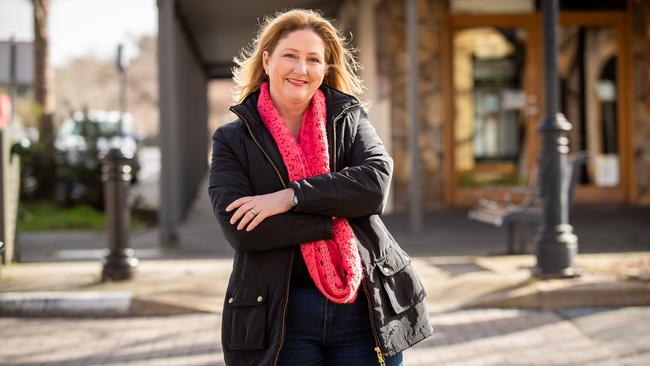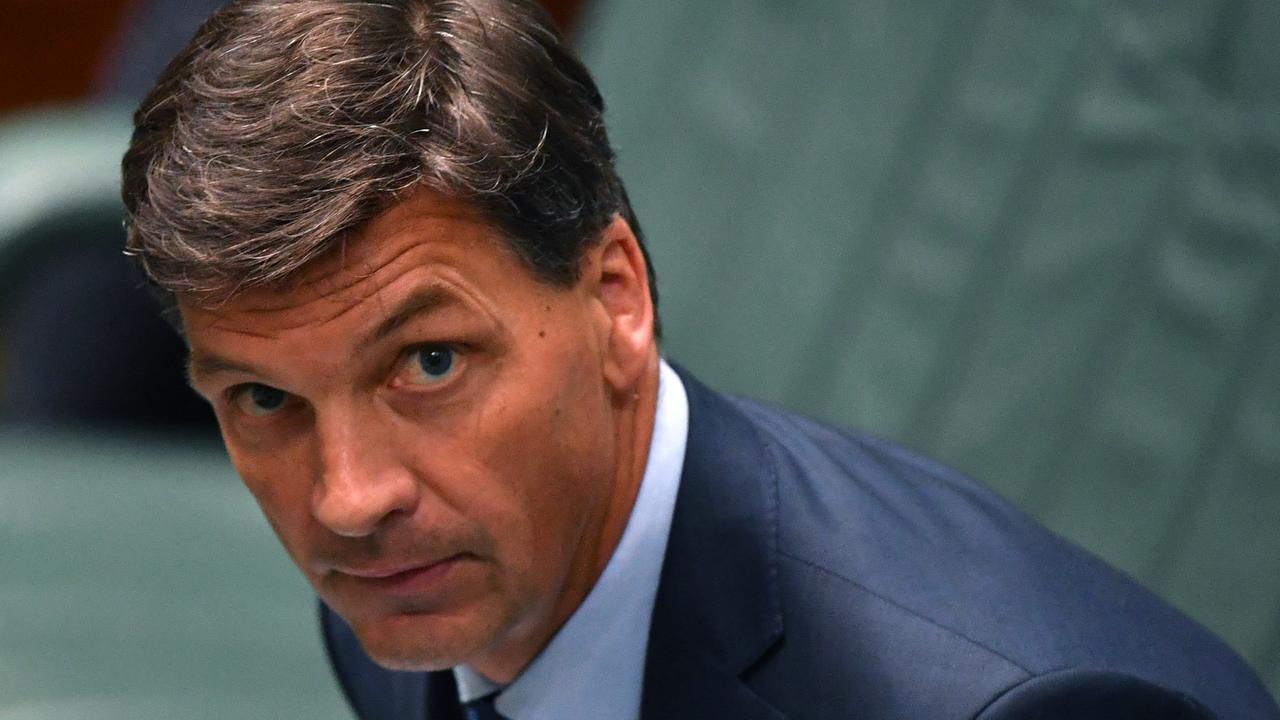Centre Alliance decides less is more for next federal election
Centre Alliance will stand as few as three lower house candidates in the general election due by May 18 next year.

Centre Alliance will stand as few as three lower house candidates in the general election, marking a dramatic shift in the party’s strategy following the departure of its former leader, Nick Xenophon.
Buoyed by Rebekha Sharkie’s comfortable victory over Georgina Downer in the Mayo by-election, Centre Alliance — formerly the Nick Xenophon Team — has renewed confidence after the spectacular failure of its South Australian counterpart, SA-Best, at the state election in March.
Mr Xenophon, who has shunned the media in recent months, was widely criticised for fielding 36 ragtag candidates in the state election, many of whom had little or no connection to their electorates.
In the 2016 federal election, NXT ran in all 11 South Australian seats and seven interstate seats, but Stirling Griff said the party would no longer employ a “blanket approach”.
“My feelings are that it’s best to go for a limited number of seats where you have high-quality candidates,” he said.
With Mr Xenophon no longer involved in an official capacity, Senator Griff is one of four members of Centre Alliance’s management committee, alongside Ms Sharkie, Skye Kakoschke-Moore and Rex Patrick.
The committee will formally meet on August 10, but Senator Patrick told The Australian yesterday that along with Mayo, the regional Liberal-held seats of Grey and Barker were most likely to be targeted given the strong results recorded by NXT in 2016, coupled with an expected swing against the Coalition.
“We may look at Christopher Pyne’s seat of Sturt as well … there’s some benefit in keeping people on their toes,” he said. “We may also take on a Labor-held seat simply because we’re not anti-Liberal, we’re not Left or Right.”
Centre Alliance will finalise its candidates by October in order to give them as much time as possible to campaign. A general election must be held by May 18 next year.
With senators Griff and Patrick not up for re-election until 2022, Ms Kakoschke-Moore, who resigned from the Senate in November after she was found to hold British citizenship at the time of her election in 2016, is all but certain to lead the party’s upper house ticket.
Andrea Broadfoot went within 2 per cent of taking Grey from Rowan Ramsey in 2016, while James Stacey won 45.3 per cent of the two-party-preferred vote in Barker, where he was up against Tony Pasin.
Both seats will be fought on new boundaries at the next election.
Ms Broadfoot yesterday confirmed she would nominate again, but Port Augusta Mayor Sam Johnson is understood to be Centre Alliance’s preferred option for Grey.
Mr Johnson, third on SA-Best’s upper house ticket at the state election, would not confirm his intention to stand when contacted by The Australian, but added: “You never say never on anything. Rebekha winning so well proves there is centre ground, Grey is a marginal seat and the current member (Mr Ramsey) is, arguably, at the end of his career, and the current member and the Turnbull government are probably not the most popular people at the moment, so in terms of political timing, yeah it does look reasonably attractive.”
Ms Kakoschke-Moore said she was eager to return to the Senate. “There’s still a lot of work to be done,” she said.



